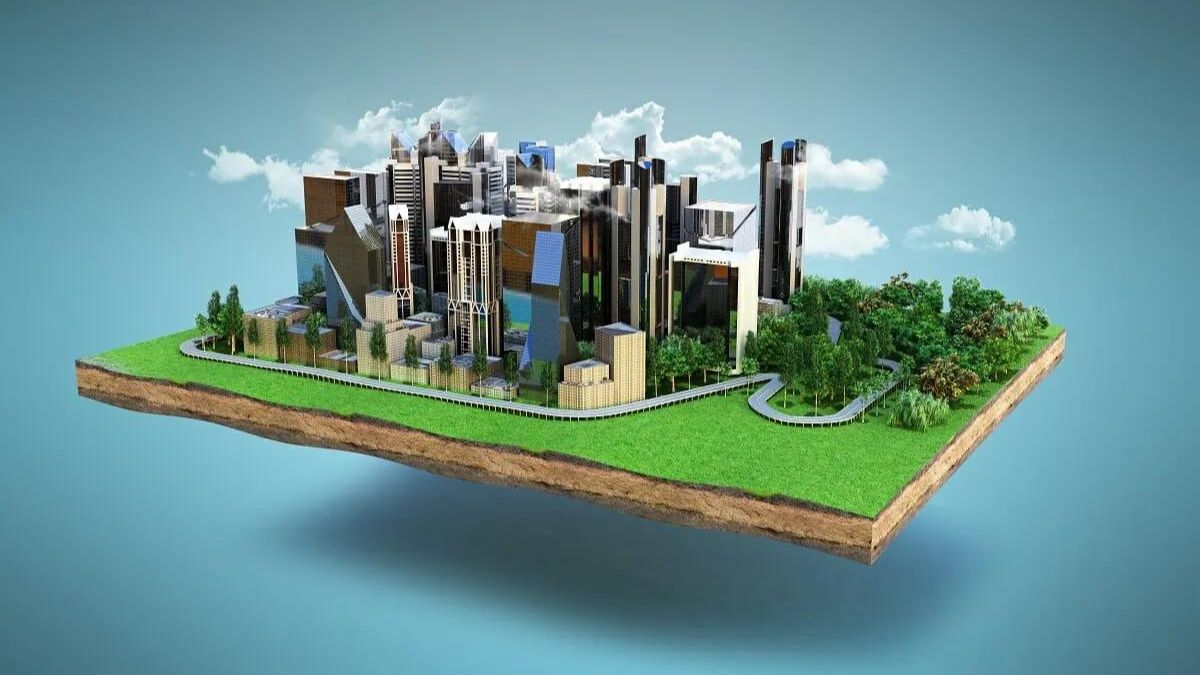
Advertisement
Transportation infrastructure plays a crucial role in shaping real estate development patterns, property values, and urban growth by providing connectivity, accessibility, and mobility to residents, businesses, and communities. From highways and transit systems to airports and ports, transportation networks influence land use decisions, investment patterns, and property demand in urban, suburban, and rural areas. Understanding the impact of transportation infrastructure on real estate development is essential for investors, developers, and policymakers seeking to capitalize on opportunities and address challenges in the built environment.
One of the key benefits of transportation infrastructure investment is the enhancement of accessibility and connectivity, which increases property values, stimulates economic activity, and promotes urban growth and development. Transportation projects, such as new highways, transit lines, and commuter rail services, improve access to employment centers, commercial districts, educational institutions, and recreational amenities, making properties located near transportation hubs more desirable and valuable to residents, businesses, and investors. By improving connectivity and reducing travel times, transportation infrastructure investment enhances market access and competitiveness for properties, driving demand and investment in real estate markets.
Furthermore, transportation infrastructure projects catalyze real estate development and revitalization efforts in underserved or blighted areas, unlocking opportunities for investment, economic growth, and community revitalization. Transit-oriented development (TOD) initiatives leverage transportation assets, such as rail stations and bus stops, to promote mixed-use, pedestrian-friendly development near transit hubs, creating vibrant, walkable, and transit-oriented neighborhoods that attract residents, businesses, and investment. By integrating transportation and land use planning, TOD projects facilitate urban regeneration, reduce car dependency, and promote sustainable growth and development in transit-accessible areas.
Additionally, transportation infrastructure investment stimulates property development and value creation along transportation corridors and nodes, generating opportunities for transit-oriented development, commercial redevelopment, and mixed-use projects that capitalize on proximity to transportation assets. Transit-oriented corridors, such as transit lines, highways, and bikeways, attract investment and development along their routes, creating transit-oriented communities and employment centers that benefit from convenient access to transportation options and amenities. By leveraging transportation corridors for strategic development, investors and developers can maximize property value and returns while promoting sustainable, transit-oriented growth and development in urban and suburban areas.
Moreover, transportation infrastructure projects present challenges and considerations for real estate investors and developers, including land acquisition, environmental impact, zoning regulations, and community engagement. Large-scale transportation projects, such as highways, rail lines, and airports, may require significant land acquisition and right-of-way negotiations, posing challenges and uncertainties for property owners and developers in affected areas. Environmental impact assessments and mitigation measures are necessary to address potential environmental risks and concerns associated with transportation infrastructure projects, ensuring compliance with regulatory requirements and community expectations.
In conclusion, transportation infrastructure plays a critical role in shaping real estate development patterns, property values, and urban growth by providing connectivity, accessibility, and mobility to residents, businesses, and communities. By investing in transportation infrastructure, policymakers, investors, and developers can unlock opportunities for investment, economic growth, and community revitalization while addressing challenges and considerations associated with large-scale infrastructure projects. As transportation networks continue to evolve and expand, their impact on real estate development will remain significant, driving demand, investment, and innovation in the built environment.
